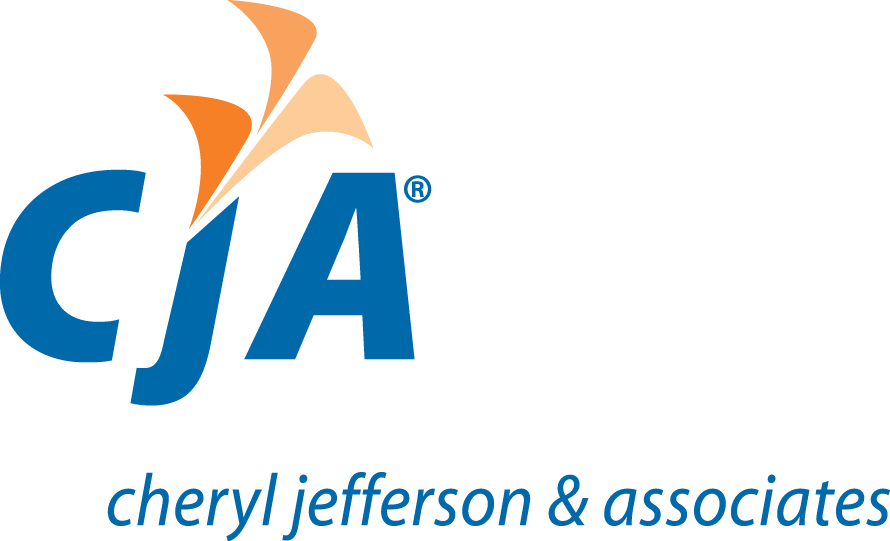8(a) Business Development Program
As a government contractor, the road to success is not always easy, but is well worth it. The industry offers opportunities for growth to businesses of any size. As a small business though, there are programs to help create an equal playing field with your larger competitors. The Small Business Administration (SBA) has several programs to help small businesses win federal contracts. One, in particular, is the 8(a) Business Development program.
What is the 8(a) Program?
The 8(a) Business Development program creates opportunities for economically and socially disadvantaged business owners. It is a nine-year program, that develops small businesses through training and technical assistance. The program’s assistance strengthens a business’s ability to compete effectively in the federal contracting world. Disadvantaged businesses in the 8(a) program can compete for sole-source contracts. According to the SBA, the government authorizes sole-source contracts to 8(a) participants ranging from $4.5 – $7.5 million, depending on acquisition type.
Eligibility and Certification
The government’s goal is to award 5% of its contracting budget to small, disadvantaged businesses each year. To qualify, a business must meet certain criteria. The SBA states you must:
- Be a small business
- Not have previously participated in the 8(a) program
- Be at least 51% owned and controlled by U.S. citizens who are socially and economically disadvantaged
- Have a personal net worth of $750 thousand or less, adjusted gross income of $350 thousand or less, and assets totaling $6 million or less
- Demonstrate good character
- Demonstrate the potential for success such as having been in business for two years
If you meet these requirements, you can apply for the program.
Compliance Requirements
As a government contractor there are many rules and regulations you must follow to be compliant. One major focus of compliance has to do with your accounting system and financial reporting. Examples of compliance requirements include:
- Segregating direct costs from indirect costs
- Excluding unallowable costs
- Identifying jobs costs per a contract’s requirements
These compliance requirements apply to businesses with the 8(a) certification as well. However, 8(a) businesses must meet more requirements.
For example, during the last 5 years of the program, 8(a) businesses must attain specific percentages of revenue from non-8(a) sources. If they do not meet the amounts for non-8(a) revenue, then they may become ineligible for sole-source 8(a) contracts. Due to this, 8(a) businesses must be able to track and identify the revenue they receive. Also, to remain eligible for the 8(a) program, a business needs to submit an 8(a) annual review. There are many requirements for this annual review, to include providing year-end balance sheet and profit & loss statements, and business tax returns.
Receiving an 8(a) certification can help your small business become successful. Although, the process and the requirements can be tedious. It does not have to be. Our team of experts would love to assist you!
Contributed by Elizabeth Partlow

